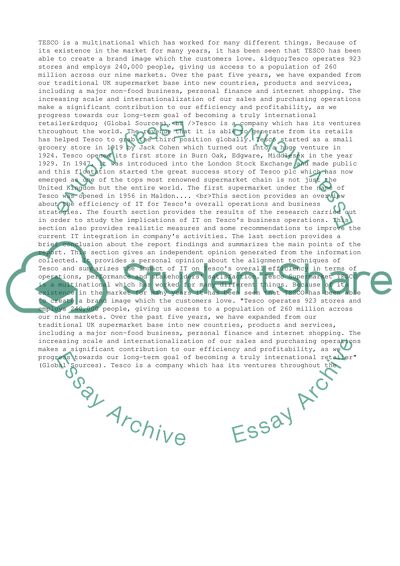Cite this document
(“The Information Technology in Business Organizations Essay”, n.d.)
Retrieved from https://studentshare.org/management/1406478-report-for-systems-management-and-security
Retrieved from https://studentshare.org/management/1406478-report-for-systems-management-and-security
(The Information Technology in Business Organizations Essay)
https://studentshare.org/management/1406478-report-for-systems-management-and-security.
https://studentshare.org/management/1406478-report-for-systems-management-and-security.
“The Information Technology in Business Organizations Essay”, n.d. https://studentshare.org/management/1406478-report-for-systems-management-and-security.


